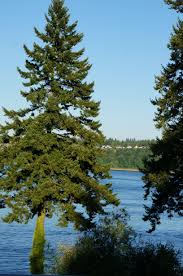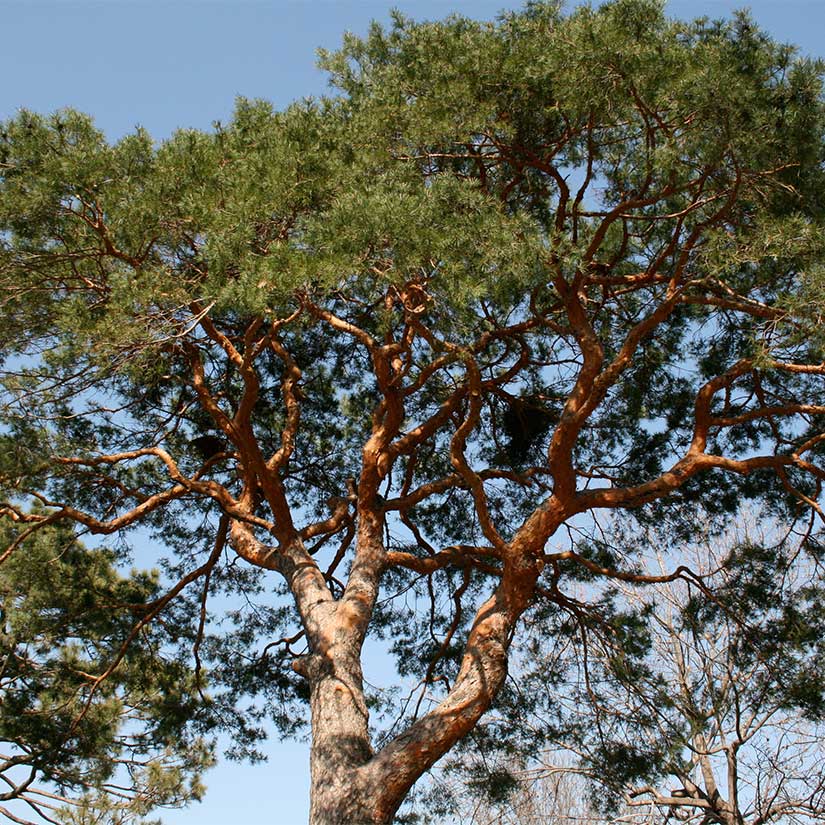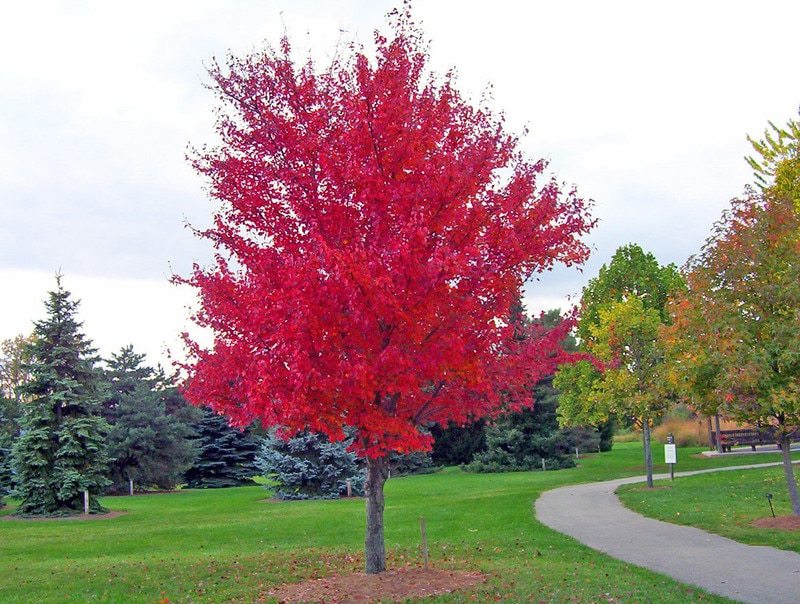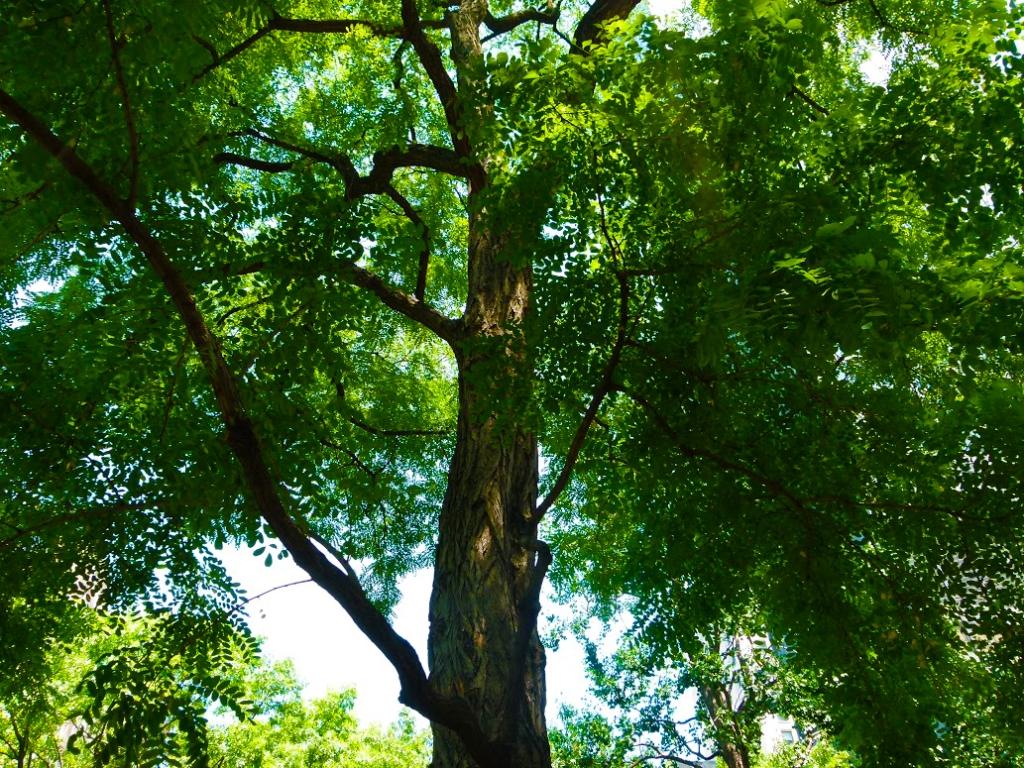Field Report #2
After examining the trees in my yard and in my neighborhood I realized most of the houses have similar trees on our street. I dove deeper into understanding more about these trees and for report #3 I hope to dive into the Tree City USA certification to see what work with trees Tigard has done. The top 5 I noticed:
Douglas Fir-Pseudotsuga menziesii
Scots pine-Pinus sylvestris
Red Maple – Acer Rubrum
Rainier Cherry – Prunus avium
Black Locust -Robinia pseudoacacia
Douglas Fir
This tree is native to Oregon and is the state tree. It is a pine tree with roughly 1 inch needles. The pine cones grow roughly to be 3-4 inches, brown and have sharp pointed bracts. For wood products this tree is used for lumber and Christmas trees. Many animals use this tree for habitat and many also eat the seeds (finches, squirrel, chipmunk and many more). Douglas Firs are great for wind breaking and do well in a variety of soil types.

Scots Pine
Scots pine is a pine tree native to Europe originally. This tree provides nesting for wildlife. The shape of the tree is usually irregular when full grown. This tree is not very drought tolerant but does need well-draining soil. Needles are on the longer side 1.5-3.5 inches.

Red Maple
The red maple is native to Oregon, it produces beautiful red colored leaves in the fall and red/yellow clusters of small flowers in the spring. Squirrels often visit for a food source. The tree has thin bark and is damaged easily.

Rainier Cherry
This is a tree I love having in my backyard; it is so beautiful in the spring and then has great tart cherries in the early summer. This tree is pollinated by bees.

Black Locust
This tree is extremely fast growing and can have some invasive traits. It flowers in the spring and often has sharp spines on its bark. It’s also vulnerable to locust borer.

Sources:
USDA NRCS Plant Fact Sheets